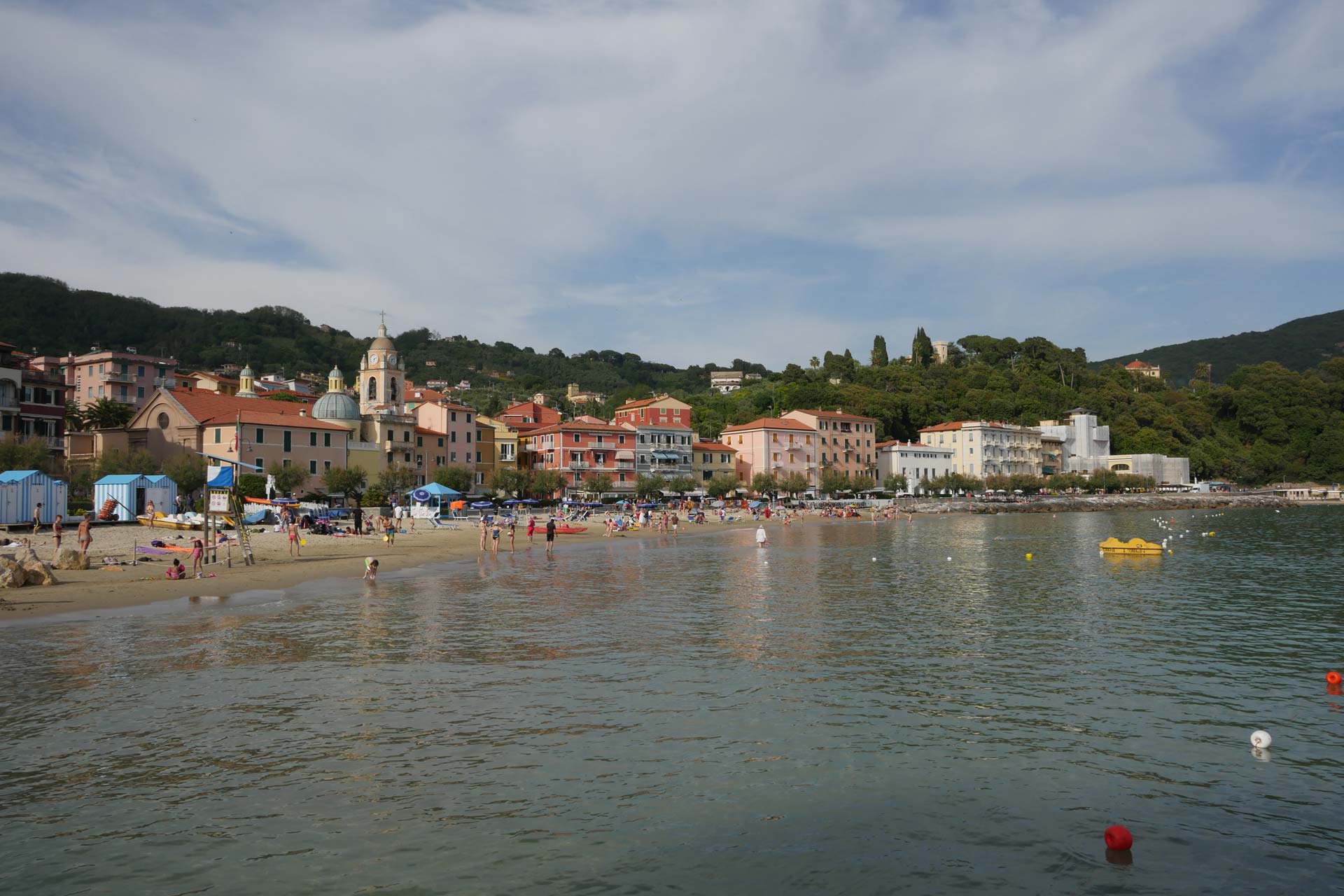San Terenzo
San Terenzo, with its appealing location, where the sea and its beaches come as a whole together with its houses, has kept its original ligurian outlook throughout the years. The castle lies on the eastern side: a squared fort dating late medioeval period being built at the top of a knoll overlooking the huge sandy beaches and crystal waters. San Terenzo boasts a wide beach unfolding opposite multicoloured houses, a western side walk underneath the wavy rocks, the castle’s tower and the promenade “from castle to castle” which connects the two villages of San Terenzo and Lerici. In medioeval times San Terenzo already existed as an independent village: a fishermen’s and a sailor’s village also trading in wine and oil and home to a hospital too. The name was Portiolo (it probably meant “oil harbor” or “little harbor”); the legend tells that monk Terenzio landed here with the intention of reaching Rome through pilgrimage. A little further away from here the monk got killed by robbers and all the villages fought over the right of keeping the body. In order to settle the matter it was arranged to put the body onto a wagon driven by oxen and wherever the latter stopped for fatigue, right there Terenzio would be buried: they just happened to stop in San Terenzo. A painting by Fiasella depicting the landing of the monk lies in the parish church immortalising the event. Several toponyms of this area recall the crusades era: in particular the crusader’s tombstone and Orlando’s rock (legend tells that the rock was broken in two by the fury of the chevalier).


